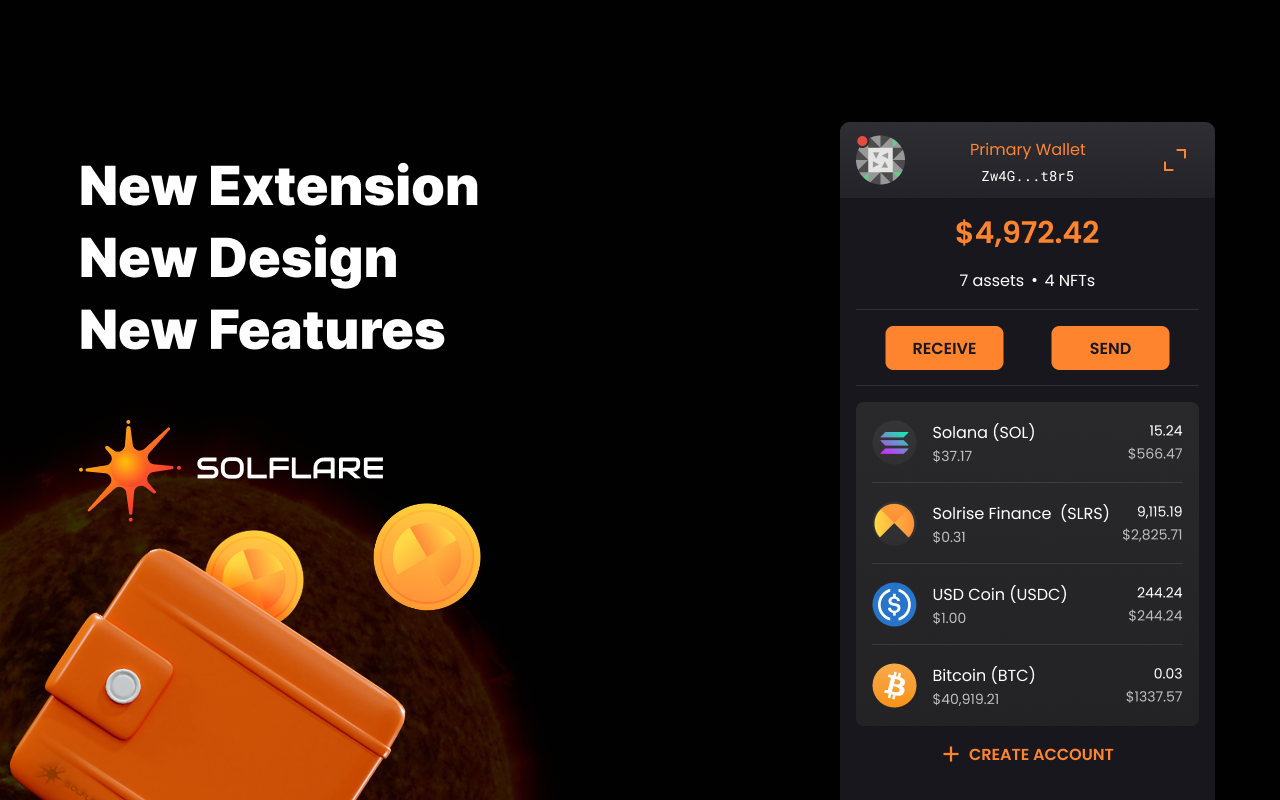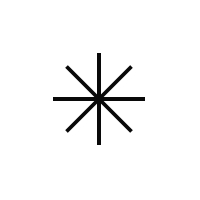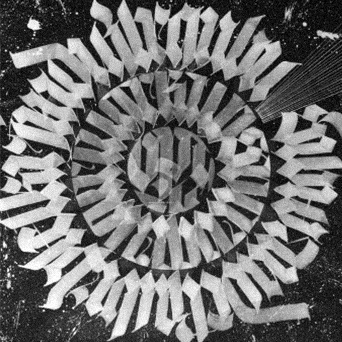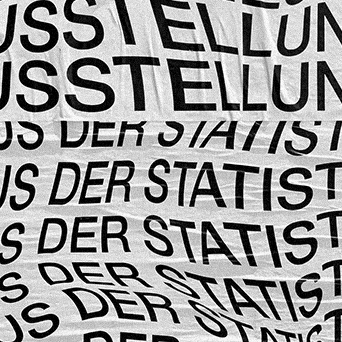Why Your Solana Wallet’s Transaction History and Portfolio Tracking Matter More Than You Think
Okay, so check this out—I’ve been fiddling around with various Solana wallets lately, trying to get a grip on how they handle transaction history and portfolio tracking. Honestly, it’s one of those things you don’t think much about until your assets start piling up or you want to dive into DeFi staking. Wow! Suddenly, you realize that not all wallet extensions are created equal.
At first glance, a wallet is just a gateway, right? You store your crypto, maybe stake a little, and off you go. But actually, when you dig deeper, the way a wallet logs and presents your transaction history can make or break your user experience. My instinct said this is pretty darn important, especially for those of us knee-deep in Solana’s ecosystem where speed and accuracy really matter.
And here’s the kicker—most browsers’ default crypto wallets don’t give you a clear, intuitive breakdown of your portfolio over time. You get a jumble of transactions, cryptic token transfers, and no easy way to see gains, losses, or staking rewards without bouncing back and forth between blockchain explorers. That’s just annoying, and honestly, it can lead to mistakes or missed opportunities.
Something felt off about the solutions I tried at first. They were either too basic or bloated with features I didn’t need. It made me wonder—what if there was a wallet extension that actually combined sleek transaction history with solid portfolio tracking, tailored for Solana’s unique architecture? Hmm… turns out, there is, and it’s called solflare.
Seriously? Yeah. Let me walk you through why this matters.

The Transaction History Puzzle: More Than Just Records
At first, I thought, “Transaction history is just a list.” Wrong. It’s your financial diary. Every sent token, every staking reward, every swap is a piece of your story. If your wallet doesn’t log this cleanly, you’re flying blind. For example, some wallets just show raw blockchain data, which can be overwhelming. Others summarize too much, glossing over fee details or token decimals. That part bugs me.
What makes solflare stand out is the way it breaks down each transaction with clarity, showing not just amounts and dates, but context. Like when you stake SOL or unwrap wrapped tokens, the wallet’s history reflects these nuanced actions clearly. This clarity helps me track my DeFi moves better and avoid costly mistakes.
On one hand, you want detailed info; on the other, you don’t want to drown in technical jargon. Solflare strikes this balance pretty well, giving both casual users and power traders something to lean on. Though actually, I’ve noticed it’s especially useful when staking across multiple pools because the transaction history links directly to staking rewards and status updates.
Also, the speed of syncing with the Solana blockchain is impressive. Some wallets lag behind by hours, which is frustrating when you’re actively managing your assets. Solflare updates almost in real-time, which is a game changer during volatile market swings.
Portfolio Tracking: Keeping Tabs Without the Headache
Okay, I’ll admit I’m biased—portfolio tracking is my favorite wallet feature. Why? Because I hate juggling spreadsheets or third-party apps that don’t sync seamlessly. With Solana’s ecosystem exploding, you need a wallet that shows your total holdings’ worth, broken down by tokens, staking, and pending rewards.
Solflare’s portfolio interface is pretty slick. It auto-updates prices, provides percentage changes, and even shows staking yields right alongside your balances. This means I can see my overall portfolio health at a glance without opening multiple tabs or apps. Trust me, that’s very very important when navigating fast-moving DeFi protocols.
Initially I thought I could just rely on CoinGecko or other market trackers, but those don’t reflect my actual holdings or staking status. Having it all bundled in the wallet extension cuts down on errors and makes decisions faster. For instance, when I’m deciding whether to unstake or swap tokens, I have all the data literally at my fingertips.
Though, I wonder if there’s room for improvement in showing historical portfolio performance trends—like a mini-dashboard of past gains and losses. That would be killer. Still, even as it stands, Solflare’s portfolio tracking feels like a solid middle ground between simplicity and detail.
Browser Extension: Convenience Meets Security
Here’s the thing—browser extensions can be sketchy. I’m super cautious about where I enter my seed phrase or sign transactions. Many wallets tout convenience but fall short on security or user experience. Solflare’s extension balances both pretty well. It’s lightweight, easy to install, and integrates smoothly with Solana dApps without crashing or slowing my browser to a crawl.
One of the subtle wins is how it handles permissions and transaction signing. You get a clear prompt every time, no hidden approvals or confusing jargon. That transparency builds trust, which is huge because, let’s face it, the crypto space is riddled with phishing scams.
Plus, Solflare supports hardware wallet integration, which I always recommend for anyone serious about security. Combining the ease of a browser extension with hardware-backed security feels like the best of both worlds. (Oh, and by the way, the team behind Solflare seems pretty responsive—an underrated factor in crypto products.)
But I do have one gripe: sometimes the UI can feel a bit cluttered when managing multiple accounts, especially if you’re juggling testnets or dev environments. Not a dealbreaker, but something I hope gets smoothed out as they continue developing.
Why This Matters for Solana Users
I keep circling back to this—if you’re staking SOL, trading SPL tokens, or diving into DeFi on Solana, your wallet isn’t just a storage spot. It’s your dashboard, your accountant, your security guard. Having a wallet extension like solflare that offers detailed transaction history and portfolio tracking makes managing your crypto less of a headache and way more intuitive.
Really, the less time you spend cross-referencing transactions or hunting for your staking rewards, the more time you have to focus on strategy or just enjoy watching your portfolio grow. And who doesn’t want that?
So yeah, next time you’re picking a Solana wallet, don’t just go for the flashiest UI or biggest hype. Look under the hood—how does it handle your transaction history? Can you track your portfolio easily? Does it fit your workflow without turning into a chore?
For me, that’s where solflare hits the sweet spot. Worth checking out if you want a reliable, user-friendly Solana wallet extension that keeps your transaction history tidy and your portfolio front and center.
Frequently Asked Questions
Can I use solflare on any browser?
Solflare currently supports major browsers like Chrome, Firefox, and Brave through its extension, making it accessible for most users in the US and beyond.
Does solflare support staking notifications?
Yes, solflare provides real-time updates on your staking rewards and status directly within the wallet, so you stay informed without extra apps.
Is my transaction history private?
Your transaction history is pulled directly from the Solana blockchain, which is public, but solflare doesn’t store your data centrally—your info stays on your device unless you choose to export it.













